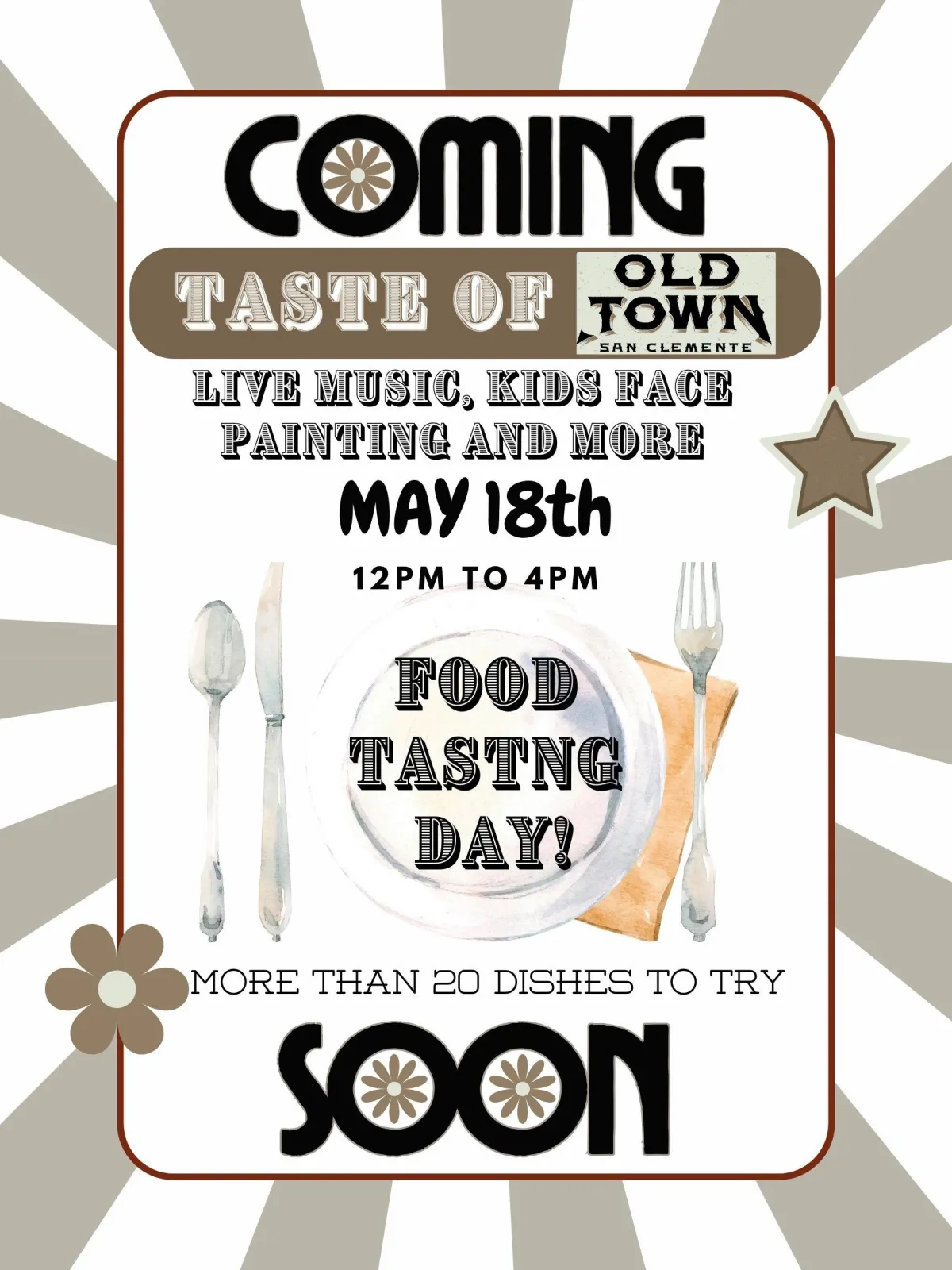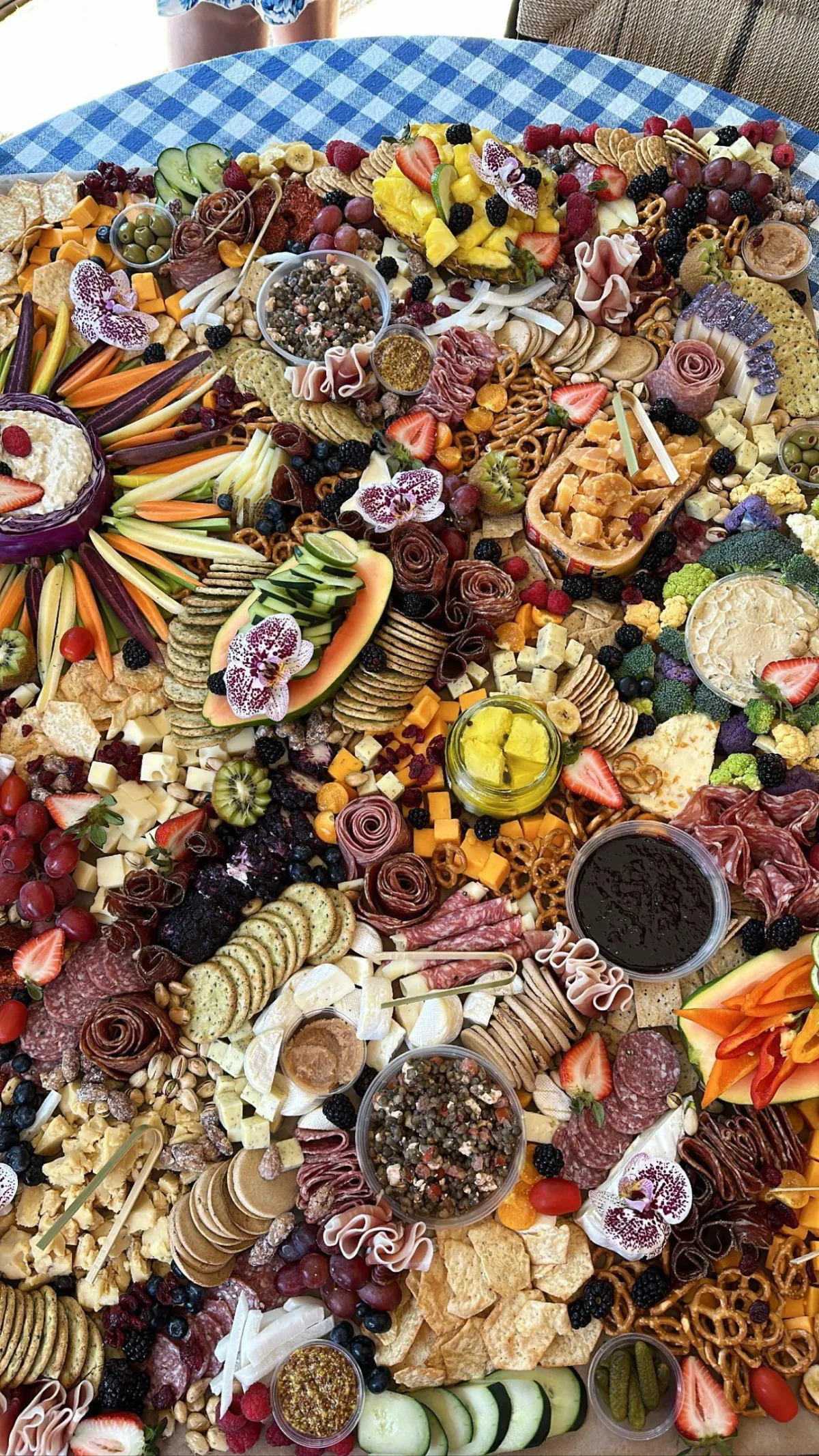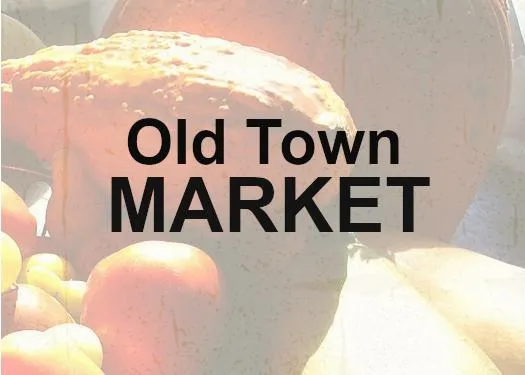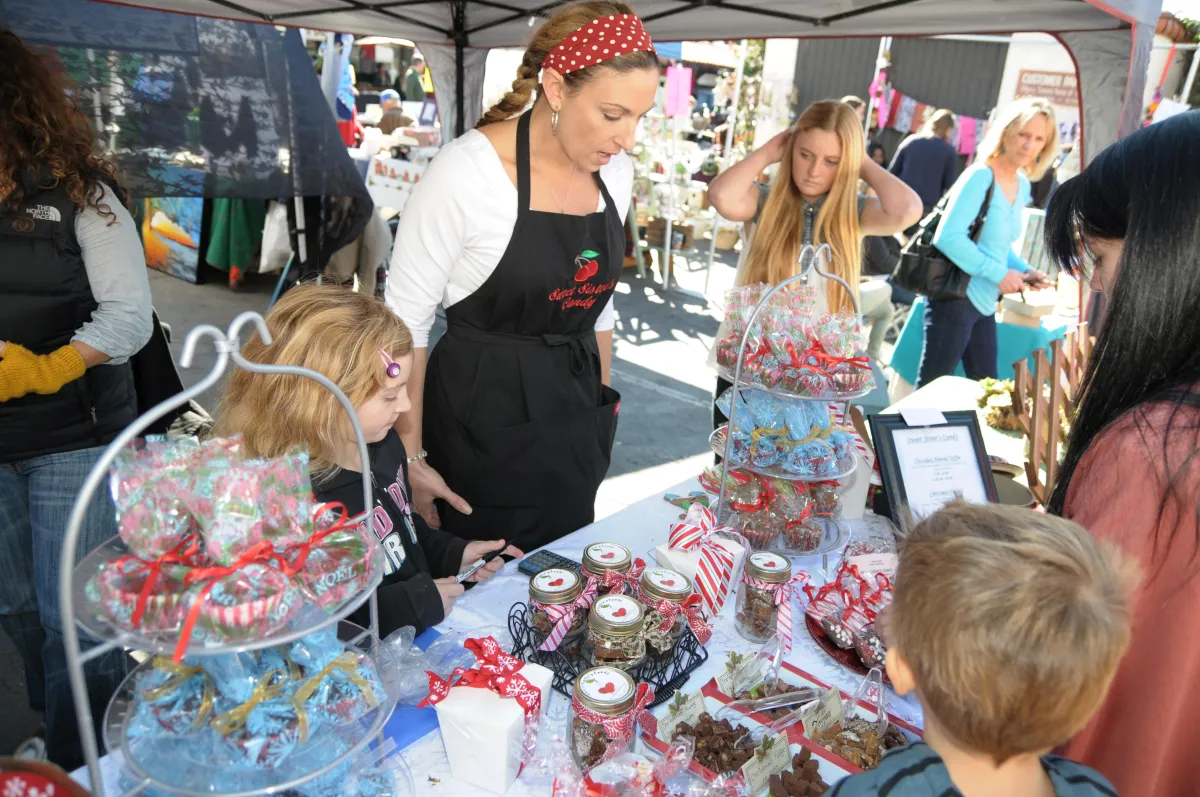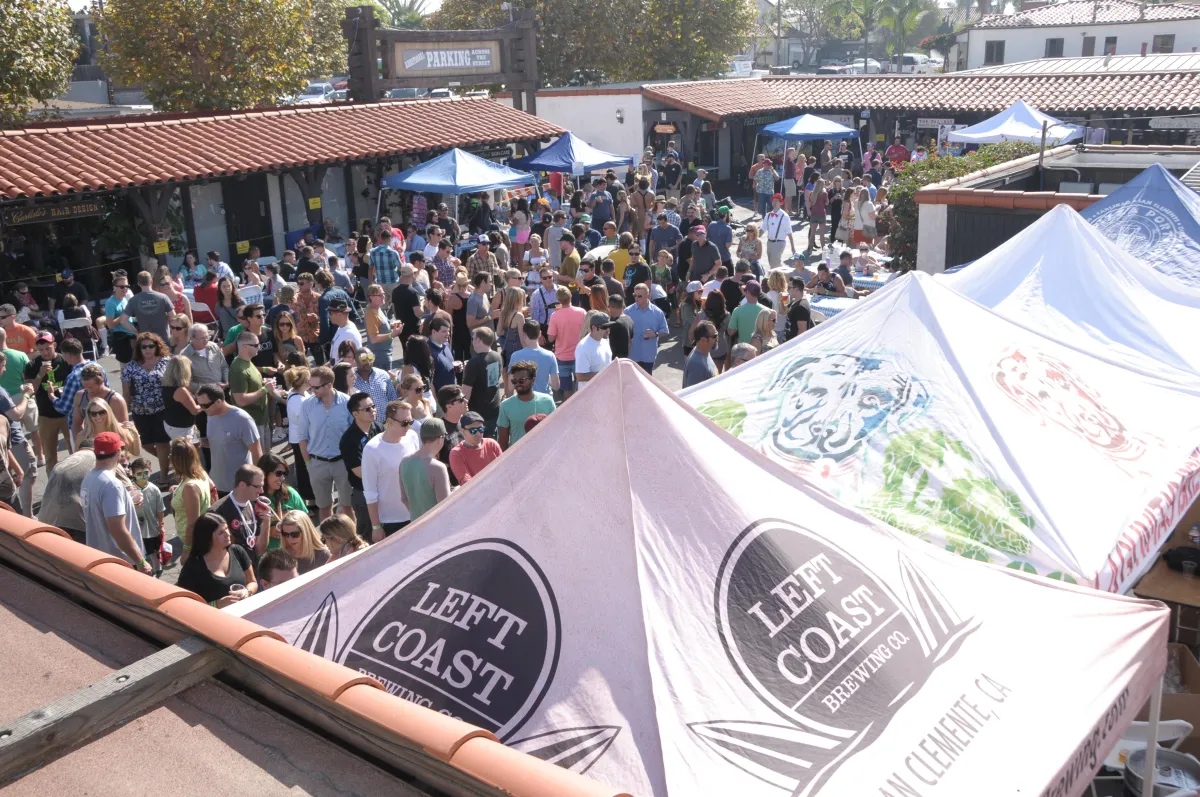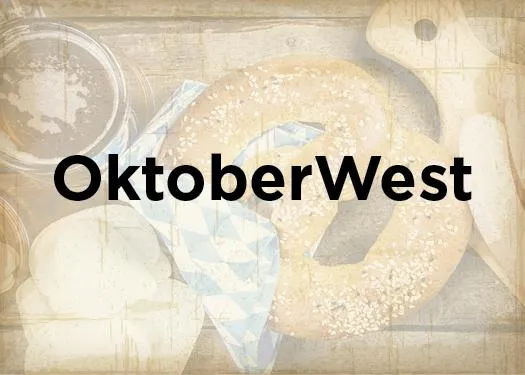About Events, Old Town Markets, Oktoberfest,
Christmas Festivals & Science Fiction Conventions

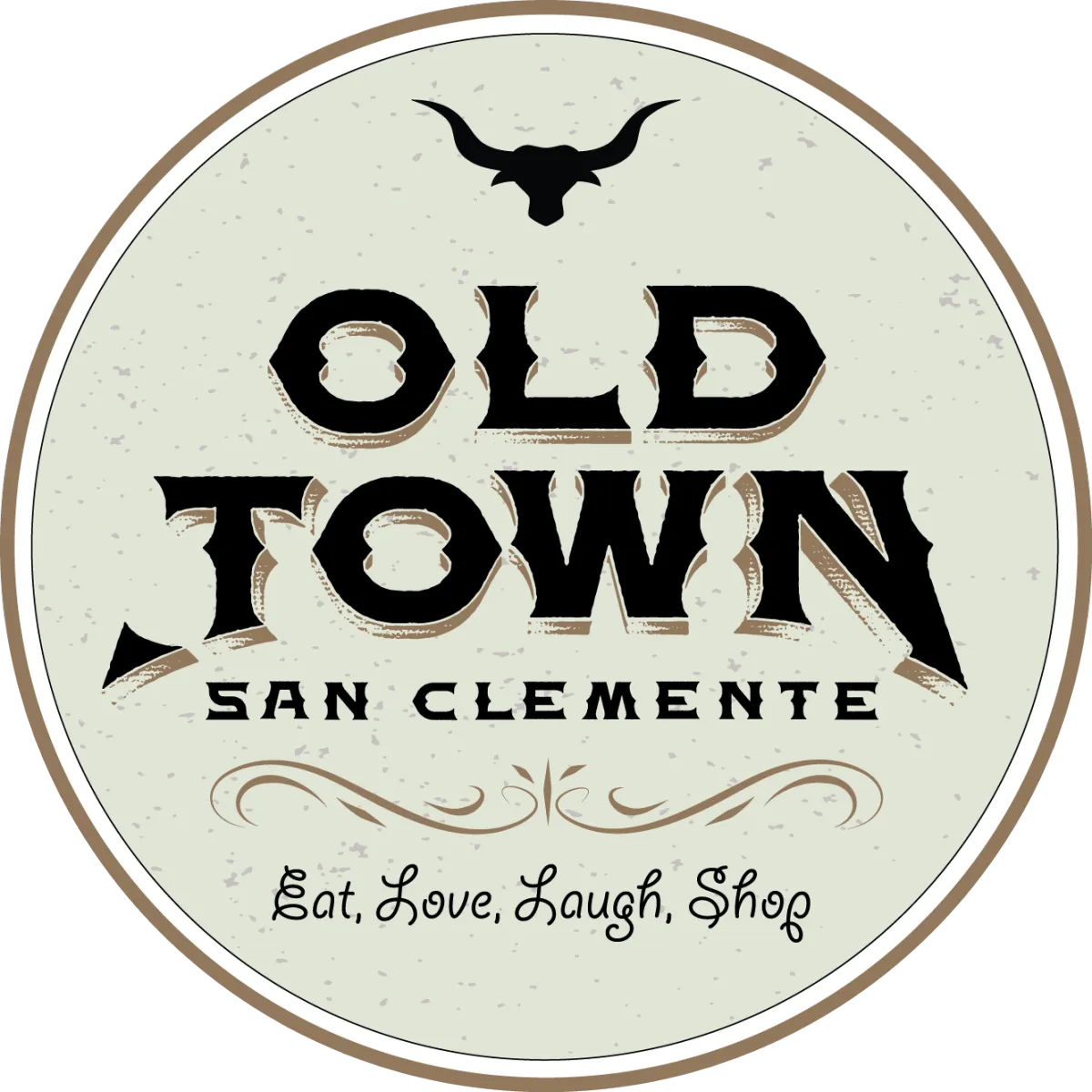
OLD TOWN EVENTS in
Old Town San Clemente California.
HISTORY
Mexican cuisine consists of the cooking cuisines and traditions of the modern country of Mexico. Its earliest roots lie in Mesoamerican cuisine. Its ingredients and methods begin with the first agricultural communities such as the Olmec and Maya who domesticated maize, created the standard process of
nixtamalization, and established their foodways. Successive waves of other Mesoamerican
groups brought with them their cooking methods. These included: the Teotihuacanos, Toltec, Huastec, Zapotec, Mixtec, Otomi, Purépecha, Totonac, Mazatec,
Mazahua, and Nahua. With the Mexica
formation of the multi-ethnic Triple Alliance (Aztec Empire), culinary foodways became infused (Aztec cuisine)
TODAY
Today's food staples native to the land include corn (maize), turkey, beans, squash, amaranth, chia, avocados, tomatoes, tomatillos, cacao, vanilla, agave,
spirulina, sweet potato, cactus, and chili pepper. Its history over the centuries has resulted in regional cuisines based on local conditions, including Baja Med ,Chiapas, Veracruz, Oaxacan, and theAmerican cuisines of New Mexican and Tex-Mex.

After the Spanish Conquest of the Aztec empire
and the rest of Mesoamerica, Spaniards introduced a number of other foods, the most important of which were meats from domesticated animals (beef, pork, chicken, goat, and sheep), dairy products (especially cheese and milk), rice, sugar, olive oil
and various fruits and vegetables. Various cooking styles and recipes were also introduced from Spain
both throughout the colonial period and by Spanish immigrants who continued to arrive following independence. Spanish influence in Mexican cuisine is also noticeable in its sweets such as:
alfajores, alfeniques, borrachitos and churros.
Cheesemaking in Mexicohas evolved its specialties, although Spanish-style cheese such as Manchego is also produced in Mexico. It is an important economic activity, especially in the north, and is frequently done at home. The main cheese-making areas are
Chihuahua, Oaxaca, Querétaro, and
Chiapas. Goat cheese is still made, but it is not as popular and is harder to find in stores
Churros are a common snack originating in Spain and because sugar cane was brought to the Americas through Spanish colonization, all of Mexico's sweets have a Hispanic origin, often with a Muslim heritage such as Alfeñiques.
Beans In addition to corn, common beans (
Phaseolus vulgaris ) are a historical component of the Mexican diet. Genetic evidence indicates domestication occurred in Mesoamerica as well as South America. Common bean varieties and cultivars used in Mexican cuisine include the pinto bean and the black turtle bean. Beans and corn are deficient in different essential amino acids but complement each other. When eaten in combination, they provide a complete protein source.
The best known of Mexico's street foods is the taco, whose origin is based on the pre-Hispanic custom of picking up other foods with tortillas as utensils were not used. The origin of the word is in dispute, with some saying it is derived from Nahuatl
and others from various Spanish phrases.
It possible the term taco comes from the term tlaco or tlacatl, which means middle or half in nahuatl. Tacos are not eaten as the main meal; they are generally eaten before midday or late in the evening. Just about any other foodstuff can be wrapped in a tortilla, and in Mexico, it varies from rice, to meat (plain or in sauce), to cream, to vegetables, to cheese, or simply to plain chile peppers or fresh salsa. Preferred fillings vary from region to region with pork generally found more often in the center and south, beef in the north, seafood along the coasts, and chicken and lamb in most of the country.
Mexican street food can include tacos, quesadillas,
pambazos, tamales, huaraches, alambres, al pastor, and food not suitable to cook at home, including barbacoa, carnitas, and since many homes in Mexico do not make use of ovens, roasted chicken. One attraction of street food in Mexico is the satisfaction of hunger or craving without all the social and emotional connotation of eating at home, although longtime customers can have something of a friendship/familial relationship with a chosen vendor.
Another popular street food, especially in Mexico City
and the surrounding area is the torta. It consists of a roll of some type, stuffed with several ingredients. This has its origins in the 19th century, when the French introduced a number of new kinds of bread. The torta began by splitting the roll and adding beans. Today,
refried beans can still be found on many kinds of tortas. In Mexico City, the most common roll used for tortas is called telera, a relatively flat roll with two splits on the upper surface. In Puebla, the preferred bread is called a cemita, as is the sandwich. In both areas, the bread is stuffed with various fillings, especially if it is a hot sandwich, with beans, cream
(mayonnaise is rare) and some kind of hot chile pepper.
On the Pacific coast, seafood is common, generally cooked with European spices along with chile, and is often served with a spicy salsa. Favored fish varieties include marlin, swordfish, snapper, tuna, shrimp and octopus. Tropical fruits are also important. The cuisine of the Baja California Peninsula is especially heavy on seafood, with the widest variety. It also features a mild green chile pepper, as well asdates, especially in sweets.
Dessert culture in Mexico did not develop until after the introduction of the Spanish to the area. There were foods which could be considered desserts by modern standards like chocolate, but they were consumed and used differently. With the introduction of Europeans and their food and culture to the region came sugar and with it, sweets. The range of desserts evolved and grew over time to include everything from churros to rice pudding, from cakes to fruit treats. Some of the desserts which historically are made in Mexico are fairly easy to make and can be produced in high quantity.
Baked dessert items in Mexico are mostly ideas imported from Europe over time. These items came from a variety of different nations before becoming staples of desserts in the region. Baked goods include cookies made with local fruits, churros which originated in the Iberian Peninsula, and macaroons which come from Italy. Churros can be made by mixing flour with boiling water, shaping and frying that mixture then coating it in cinnamon and/or sugar. Churros can be eaten hot or cold and can be molded into any number of different shapes.
Frequently Asked Questions
The asking hat is better than the not knowing hat!
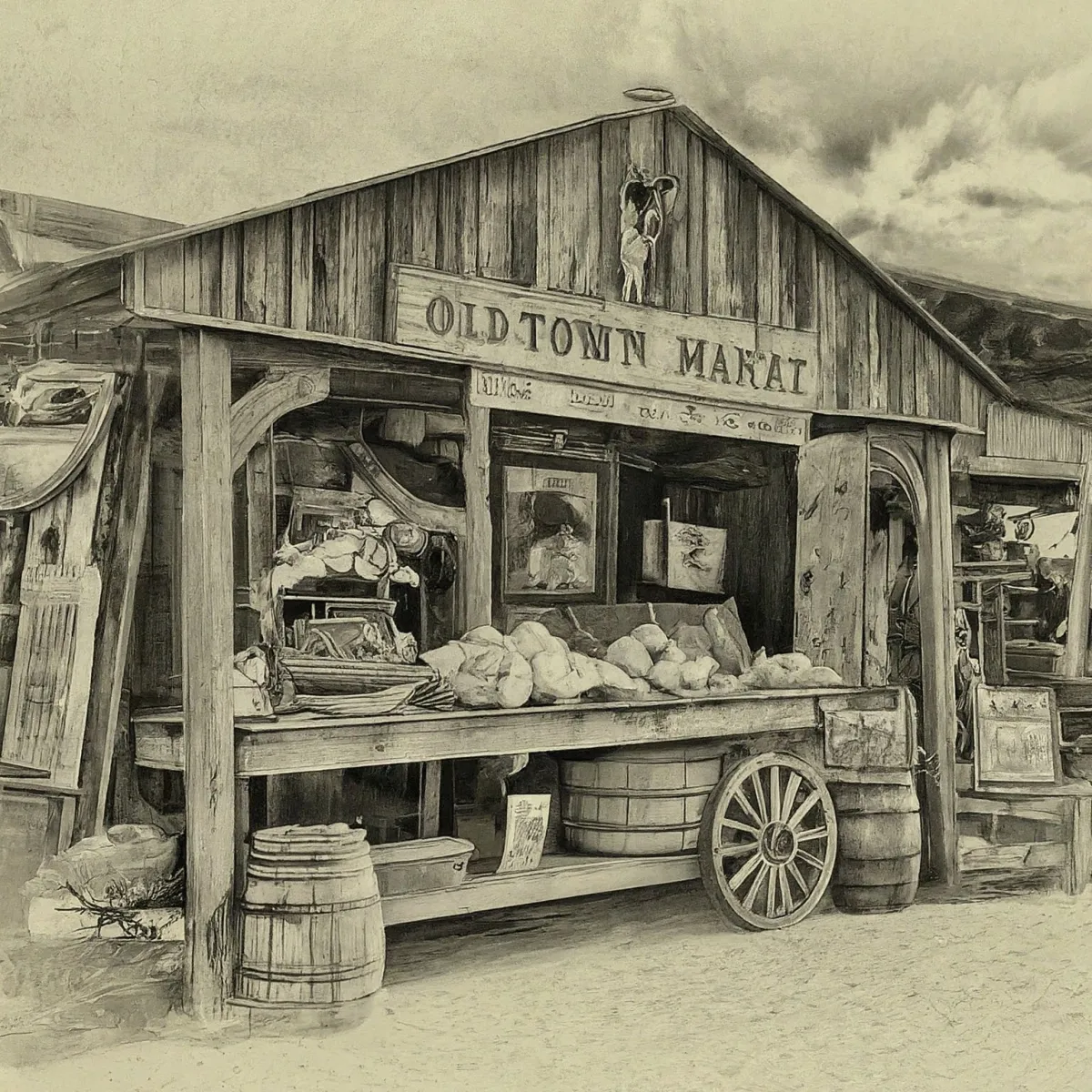
Is there additional parking?
YES, There is another parking lot on Miramar with more parking spaces than the main lot. When you look out the Miramar entrance you should see a sign that says Old Town Overflow Parking Lot.
Why are Taco Tuesdays so busy?
Taco Tuesdays, is the biggest day for Mexican restaurants, people generally have learned to remember to eat tacos on that day in mass because of all the Taco discounting.
What is a TacoDilla?
A TacoDilla is a secret menu item that is very popular. It is the T-Rex of tacos. Think of it like very spicy tacos gotten eaten by a quesadilla. Crazy good!
Do you sell wines?
YES, we have a number of very flavorful wines to enjoy with our food.
Do you have 10Min parking for food pickups?
Yes we have two 10Min signed locations next to horse barn in the middle of the center. Stores sometimes have their own spaces they label during times of massive deliveries or pickups.
What is the most popular drink you serve?
The most popular Drink hand down is Jamaica. The Jamaica is a Hibiscus tea is a herbal tea made as an infusion from crimson or deep magenta-colored calyces (sepals) of the roselle (Hibiscus sabdariffa) flower. It is consumed both hot and cold. It has a tart, cranberry-like flavor.
LEARN ABOUT OTHER FAMOUS OLD TOWNS: Old Town San Diego, Old Towne Orange, Old Town San Clemente, Old Town Monrovia, Old Town Tamecula, Old Town Pasadena, Old Town Sacramento, Old Town Bern, Old Town Stockholm, Old Town Prague, Old Town Lijiang, Old Town Alexandria, Old Town Albuquerque, Old Town Cottonwood, Old Town Quedlinburg, Old Town Rothenburg ob der Tauber, Old Town Marienplatz Munich, Flipside Point, Alexanderplatz Old Town Berlin, Old Town Chicago, Old Town Kissimmee Florida, Phuket Old Town, Old Town Asakusa, Old Town Madrid Major Square, Kraków Old Town, Old Town London Piccadilly Circus,
This website is owned and operated by (c) 2025 - University of San Clemente Inc.


